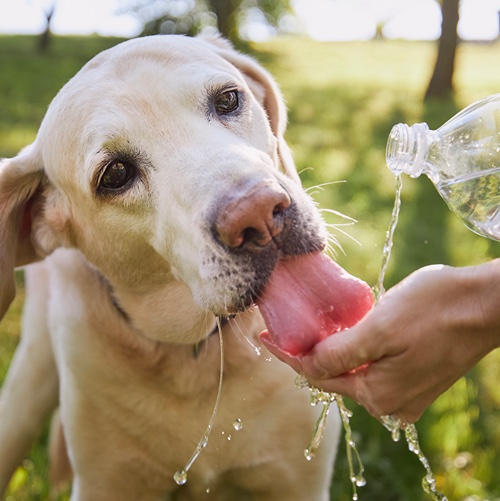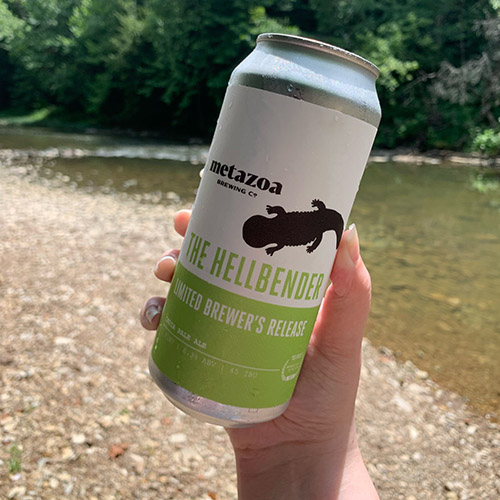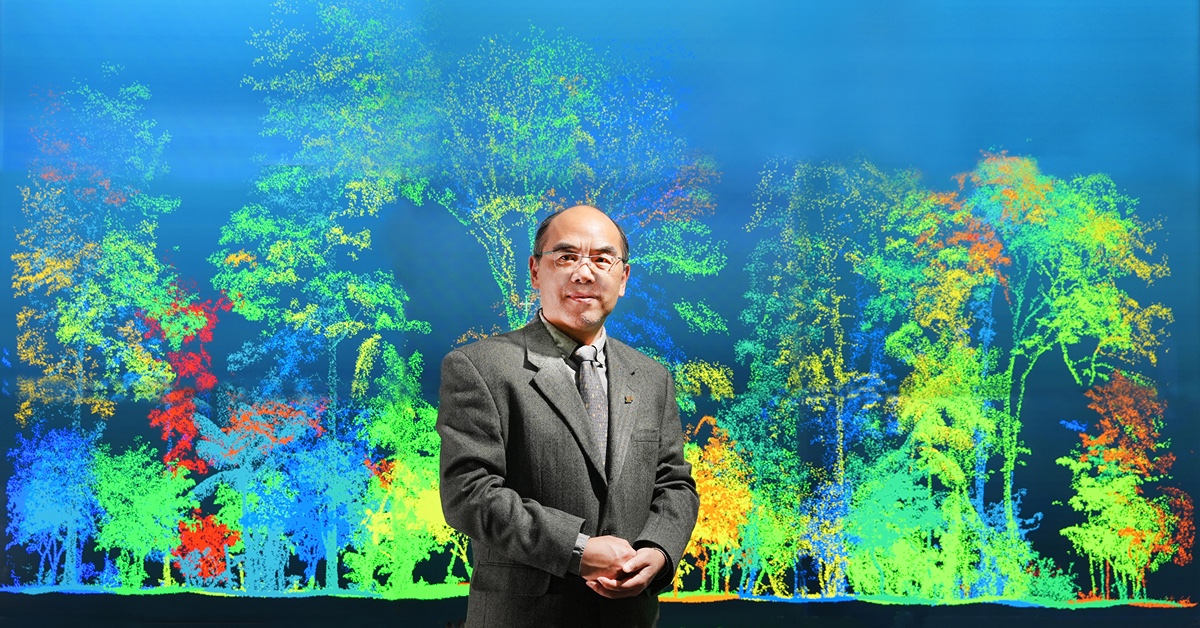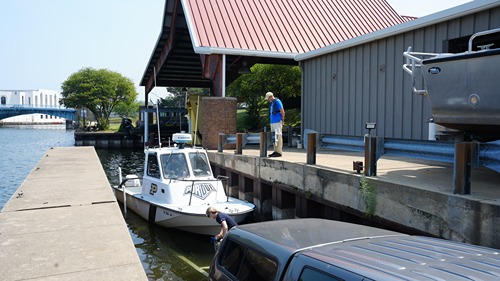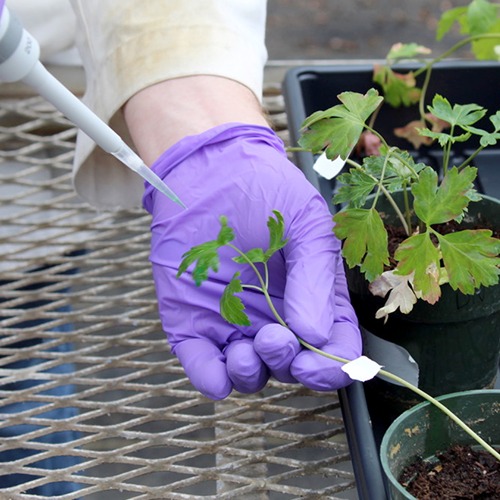Betsy Bower, an agronomist with Ceres Solutions Cooperative based in Crawfordsville, Indiana, walks southwest Indiana fields from Rockville to Vincennes, taking in the health of the crops to better advise farmers. For nearly 20 years, whenever Bower has encountered an insect, weed or condition she’s unsure of, she has taken samples to the Plant and Pest Diagnostic Lab (PPDL) in the College of Agriculture.
“Purdue is my first source and a very economical way to get another set of eyes on an issue in a field,” Bower says. The lab’s quick turnaround is a big advantage, she adds. “You don’t want to leave a farmer hanging. If you have to solve a problem, the quicker the better. Insects don’t stop eating a crop because you sent a sample to the lab.”
The PPDL team — director Tom Creswell, diagnostician John Bonkowski and lab assistant Todd Abrahamson — not only diagnose problems; they also connect Extension specialists on campus, county-based Extension educators and the public. Faculty and staff from agronomy, botany and plant pathology, forestry and natural resources, entomology, and horticulture and landscape architecture contribute their expertise.
“We can’t be experts on everything, but we do know who to call,” Creswell says.
The lab dates to 1979, when Gail Ruhl, then an MS student in plant pathology, developed an interest in plant diagnostics that led to her appointment as founding director and sole diagnostician of a newly formed Plant Disease and Weed Identification Clinic. When the PPDL was created in 1990, Ruhl’s main responsibility shifted to diagnosing plant problems and recommending controls for multiple stakeholders, laying the groundwork for current operations.
Now part of the National Plant Diagnostic Network, a consortium of land grant universities’ diagnostic laboratories, Purdue’s lab receives samples from across the U.S. — more than 2,300 in 2022.
“We cover anything and everything, whether it’s a field crop or homeowner’s sample,” Creswell says. Samples come from commercial users like farmers, garden centers or fruit growers, and noncommercial users like gardeners, Extension educators and researchers.
The lab gets it all, along with one question: What’s causing this problem? The answer may be under the microscope or revealed through molecular and serological testing.
A correct answer could have significant economic impact, from limiting the spread of a fungus in a landscape setting to keeping growers from applying the wrong class of pesticide to treat a bacteria when a fungus is really to blame.
Purdue’s lab also receives survey samples from the Indiana Department of Natural Resources. As Indiana’s agency for regulating movement of plant pests, the IDNR inspects nurseries to make sure plants offered for sale are free of insect and disease problems and sends samples to the PPDL for diagnosis when needed. Working in tandem with the Indiana Crop Improvement Association, the IDNR also authorizes the certification of crops for export based on the reports of field inspectors trained by the PPDL.
This linkage to regulatory diagnostics sets Purdue apart from some land grant universities in other states, which may have their own state regulatory diagnostic lab housed in a state department of agriculture.
"We wear both hats,” Creswell says. “The advantage is that we become more proficient at what we do because we’re handling both regulatory/survey samples and regular diagnostic samples.”
Balancing the two approaches, however, and providing just the information clients want and need within their budgets, can be a challenge. “We may be working on a set of survey samples in the morning, and the only thing we’re looking for is to say ‘yes’ or ‘no’ — is this the certain thing we’re looking for, or is it not?” he explains. “In the afternoon, we may be looking at samples from a nursery where they want to know everything that may be wrong, which takes a different set of skills and can require a thorough investigation.”
Brian Jennings, landscape enhancement manager at Designscape in Nashville, Indiana, relies on the PPDL in his work in residential and commercial landscaping. “When we see problems on plants that we’re not sure of, we tell our customers we’re going to check with Purdue,” he says.
“We cut out a few samples and roots, and a couple days later we have a full report. It’s a great tool to show our customers that we have a knowledge base behind us.”
The lab’s involvement can also have financial consequences. Jennings recalls an installation of more than 30 boxwoods for a customer who, counter to instructions, regularly drowned them. When all the plants died, the customer claimed they’d been diseased. The PPDL ruled out disease and confirmed winter damage and root rot from overwatering, to the landscaper’s relief and unfortunately, the customer’s expense.
The PPDL also serves to alert Purdue’s researchers to bigger problems. For example, in 2015, the lab was the first nationally to identify corn tar spot in the U.S. from a sample submitted from an Indiana farm. Tar spot has since become one of the most important corn diseases in the Midwest and a focus of research at Purdue and other universities.
“The whole point of Extension is to bring research results and data to the public in a digestible manner so it can be usable,” Bonkowski says. “As an Extension service, we report anything that we find that’s new or unexpected.” In addition to corn tar spot, the lab has helped document the first occurrence in the state of other diseases on corn and soybean.
“Some of these lead to Extension work or other research,” Bonkowski adds. “We as a lab — but also the people that submit samples to us — are first detectors and a monitoring program for new issues.”
Jennings and others rely on the PPDL as a storefront for expertise in the College of Agriculture. “Everyone and their brother could diagnose something, but this is a scientific university that is well known for horticulture, confirming a diagnosis with tools and means we don’t have,” he says. “Then they get the information out the fastest to the most people.”
